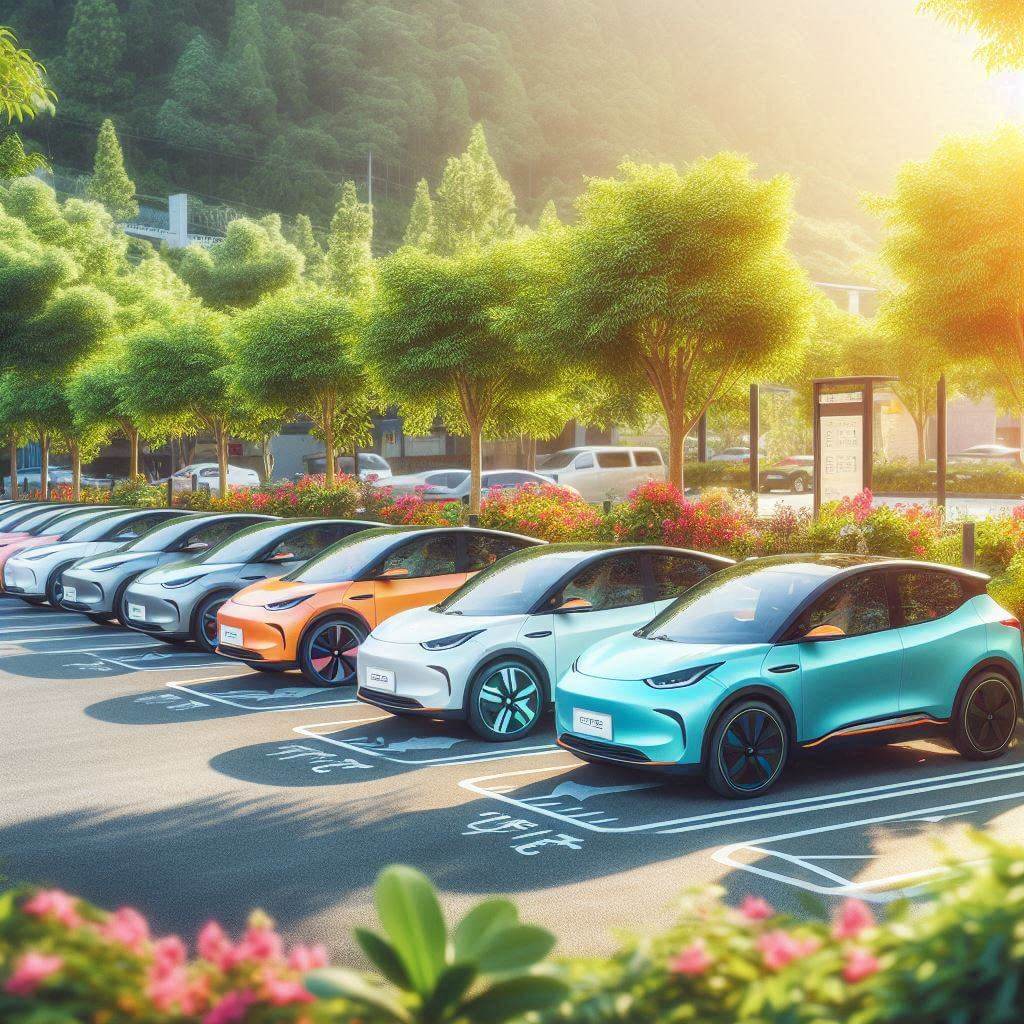The Green Revolution on Wheels: Unpacking the Benefits of Driving Eco-Friendly Cars

In an era where environmental consciousness is becoming increasingly pivotal, the concept of eco-friendly vehicles is more than just a trend—it’s a necessary shift towards sustainable living. Eco-friendly cars, including hybrids and fully electric vehicles, offer a plethora of benefits to both the environment and consumers. Here, we explore the various advantages of driving eco-friendly cars, showing how this choice can drive us towards a more sustainable future.
Contents
1. Environmental Impact
1.1 Reduced Greenhouse Gas Emissions
One of the most significant benefits of driving eco-friendly cars is their potential to significantly reduce greenhouse gas emissions. Traditional gasoline-powered vehicles are major contributors to carbon dioxide emissions, which are a leading cause of climate change. In contrast, electric vehicles (EVs) produce zero tailpipe emissions, and hybrids minimize emissions by using a combination of electric power and gasoline.
1.2 Improved Air Quality
Pollution from vehicles contributes to poor air quality, which can have detrimental effects on public health. Eco-friendly cars produce fewer pollutants, including nitrogen oxides and particulate matter, leading to cleaner air and, consequently, improved respiratory health in urban areas.
1.3 Conservation of Resources
Electric and hybrid vehicles consume less fuel than their conventional counterparts, thereby reducing our dependence on fossil fuels. This conserves natural resources and contributes to a more sustainable energy future by encouraging the use of renewable energy sources.
2. Economic Advantages
2.1 Fuel Savings
Eco-friendly cars, particularly EVs and hybrids, are significantly more fuel-efficient than conventional vehicles. The rising prices of gasoline make the cost savings from driving an eco-friendly car an attractive prospect. Some electric vehicles can cost as little as a third of the price to fuel compared to gasoline vehicles.
2.2 Tax Incentives and Rebates
Many governments offer financial incentives to encourage the purchase of eco-friendly vehicles. This may include tax credits, rebates, reduced registration fees, and exemptions from certain taxes. These financial incentives can significantly lower the overall cost of purchasing an eco-friendly vehicle.
2.3 Lower Maintenance Costs
Electric vehicles have fewer moving parts than traditional internal combustion engines. This means that they require less frequent maintenance and repairs, translating to lower long-term ownership costs. For example, there’s no need for oil changes, and brake wear is reduced thanks to regenerative braking systems in many electric vehicles.
3. Technological Advancement
3.1 Innovations in Automotive Technology
The rise of eco-friendly cars has fueled massive advancements in automotive technology. Features such as regenerative braking, advanced battery technology, and smart energy management systems have emerged from the push for more sustainable vehicles. These innovations not only enhance efficiency but also contribute to the overall safety and performance of the vehicle.
3.2 Information and Connectivity
Many eco-friendly vehicles come equipped with cutting-edge technology, including infotainment systems that provide real-time data on energy usage and battery life. This connectivity allows drivers to monitor their driving habits, optimize their efficiency, and reduce wasted energy—an exciting leap towards smarter driving.
4. Social and Cultural Benefits
4.1 Enhanced Community Image
Businesses and individuals driving eco-friendly cars contribute positively to their community’s image. By adopting greener practices, they can foster local initiatives aimed at sustainability, enhancing their commitment to environmental responsibility.
4.2 Increased Awareness and Education
Driving an eco-friendly car can serve as a conversation starter. Owners can influence friends, family, and colleagues, helping to raise awareness about the environmental impact of traditional vehicles and promoting a culture of sustainable living.
4.3 Access to Special Benefits
Many cities offer perks for eco-friendly car owners, such as access to carpool lanes, free or reduced parking, and exemptions from congestion charges. These incentives make driving an eco-friendly vehicle even more appealing in urban settings.
5. Future Directions
5.1 Evolution of Infrastructure
As the popularity of eco-friendly vehicles grows, infrastructure improvements such as expanded charging networks and renewable energy sources become more critical. Governments and businesses are investing in creating a more sustainable system that supports the increased use of electric vehicles.
5.2 Commitment to Sustainability
Choosing to drive an eco-friendly car signifies a commitment to sustainable living. This choice encourages manufacturers to invest in greener technologies and induces a general shift towards more environmentally friendly practices across industries.
The benefits of driving eco-friendly cars extend far beyond personal advantages; they contribute to a larger societal and environmental well-being. By opting for vehicles that are cleaner and more efficient, drivers become integral participants in the movement toward a sustainable future. With long-term cost savings, innovations in technology, and improved air quality, the choice to drive eco-friendly is not only smart—it’s essential. As we steer toward greener horizons, it’s clear that eco-friendly cars are indeed the wheels of change.


